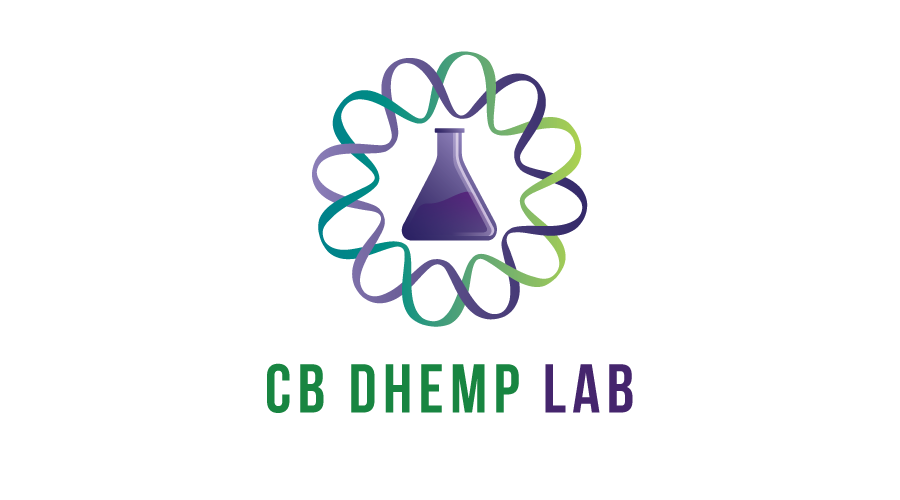Plant byproducts obtained from agro-industrial processes need valorisation to demonstrate their possibility for improving pet wellness, meat manufacturing, and life span extension. One instance is the fast-growing hemp sector, which creates seeds, leaves, seed oil, as well as cake. Researches on the dietary worth of hempseed cake have actually revealed it can be a beneficial source of protein in ruminant diets. Nevertheless, there is limited documentation on the bioavailability and also bioefficacy of hemp phytochemicals for improving ruminant wellness, manufacturing, as well as prolonging meat life span. The present evaluation offers an overview of existing information on nutrient as well as phytochemical make-up of hemp byproducts, their bioavailability, as well as bioefficacy, and also discovers current constraints and also leads regarding their valorisation.
Introduction
Research study into unique and underutilized feed sources for ruminant manufacturing and also life span improvement is extremely important to sustainability of animals as well as meat sectors (1 ). Among the novel alternatives to conventional feed sources are hemp (Marijuana sativa L.) spin-offs (i.e., seed, oil, oilseed cake, hulls, as well as leaves) (2, 3). Expanding legalisation and demand are expected to boost international manufacturing of hemp and also its byproducts (4, 5). Consequently, the feed and also meat markets can profit given hemp by-products can be valorised as feed active ingredients as well as biopreservatives.
There are few records on unification of hemp spin-offs into ruminant diet plans (6, 7). In Europe, inclusion of hempseed cake (HSC) has been restricted to <50 g/kg DM in ruminant diet regimens (2 ). In other jurisdictions such as The United States and Canada, feeding of hemp spin-offs awaits authorization and also will certainly be done based on applications for individual by-products (8, 9). This is partially due to limited data on the bioavailability of dominant bioactive substances of Cannabis varieties (i.e., tetrahydrocannabinol, THC, and cannabidiol, CBD) in ruminant pets (2) and also the recognized psychoactive results of THC in people (10 ). Furthermore, there is minimal expertise on the bio-efficacy of these and other bio-actives in a meat matrix (2 ). Today testimonial discovers the composition, bioavailability as well as bioefficacy of hemp by-product nutrients and bioactives in ruminant meat production and preservation. Challenges as well as chances for valorisation of hemp byproducts for meat production as well as service life expansion are likewise reviewed.
Aging-Proteome Changes as well as Shelf Life of Meat From Ruminants Fed Hemp By-Products
Proteomics is a reasonably new strategy in meat science that supplies an avenue for comprehending meat tenderness and shade stability relative to healthy proteins entailed at a molecular basis (128, 129). The method does not only make it possible for recognition of myofibrillar proteins, protein, as well as glycolyticc enzymes associated with meat inflammation and also color security, however also allows facility of the connection between these healthy proteins and bioefficacy of meat bioactive substances (128, 129). Nassu et al. (130 ), as an example, located that high muscle mass α-tocopherol content safeguards meat discoloration at longer aging days (21 d), but does not influence meat inflammation. Nevertheless, no proteomics was done in this research study. The relationships in between major meat bioactive compounds in hemp by-products and meat aging have actually not been checked out. Comprehending exactly how these antioxidant bioactive substances engage with muscle protease system is essential in developing their effect on meat top quality throughout aging.
In vitro studies show that hemp has antimicrobial buildings (25, 74) because of its moderate contents of terpenes, CBD, α-tocopherol, and polyphenols, which could be transferred right into ruminant meat (92, 93). Hempseed increases meat PUFA web content (19 ), which can make it prone to lipid oxidation. To writers’ understanding, no research studies have assessed the influence of hemp by-products in ruminant diets on myoglobin, lipid, and protein oxidation. However, feeding HSC enhanced overall antioxidant capability of sheep milk (47) owing to the moderate to high terpenes, CBD, α-tocopherol as well as polyphenol materials in the diet plan, which are transferable to tissues. Hence, feeding hemp by-products might have favorable impacts on meat oxidative stability, as well as merits research study.
More Study
Raising consumer demand for hemp products is driving a wave of regulative changes allowing its commercial manufacturing globally. Consumers normally perceive hemp products such as fiber, seed, seed oil, CBD oil, and CBD fortified assets as organic and healthy and balanced, hence, are willing to pay a premium for them (4 ). Hemp leaves, seed, hulls as well as HSC have possible as livestock feed and also meat preservatives. Artificial insemination research studies suggest antimicrobial and antioxidant buildings of hemp bioactive substances, which are yet to be affirmed in vivo. Some researches have actually already consisted of hemp spin-offs as healthy protein resources in ending up diet plans for goats, lamb, livestock, and also monogastrics (3, 6, 95, 127). Either neutral or exceptional pet wellness and efficiency qualities for hemp byproduct fed animals compared to traditional oilseed cakes were reported (6 ). Nevertheless, there is still a space in comprehending the effect of hemp spin-offs on nutrient digestibility, nitrogen, as well as methane emissions, dietary problems, digestive tract health and wellness, and also meat high quality, thus a lot more research is necessitated.





